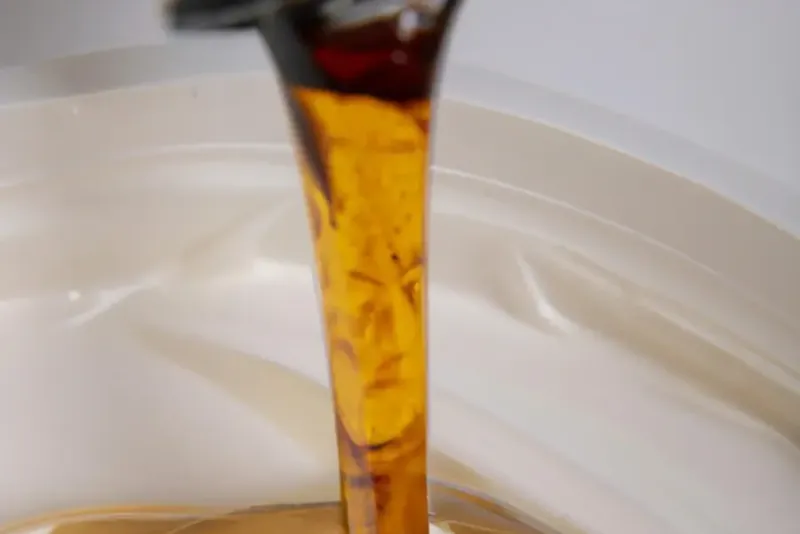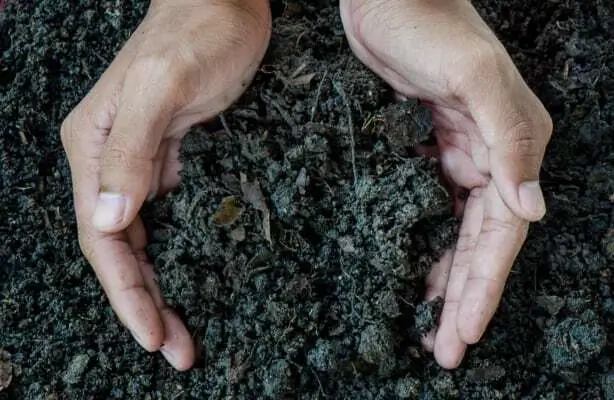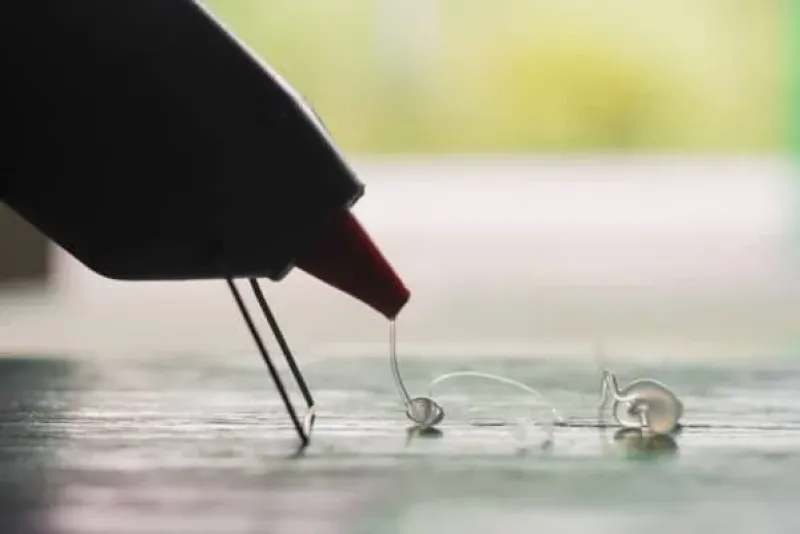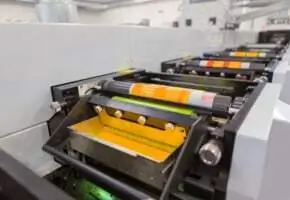Adhesive chemistry and raw materials
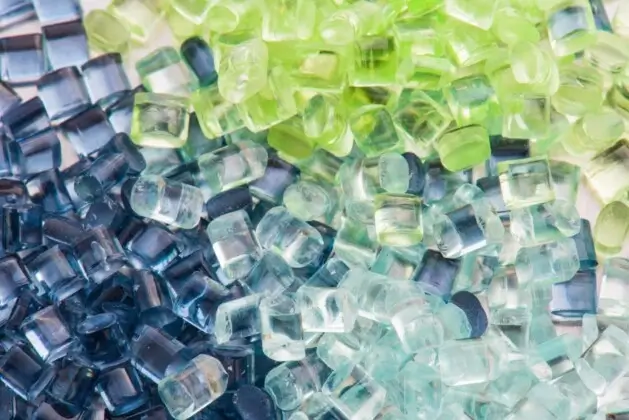
The basics of adhesive chemistry
Adhesive can be defined as any substance that can hold materials together in a functional way by separation resistant surface attachment. Adhesives can roughly be divided into natural adhesives and synthetic adhesives based on the raw materials they consist of. In synthetic adhesive chemistry, the most important ingredient is a polymer which for a great part defines the physical and mechanical properties of the adhesive. Polymers make up the most crucial adhesive raw materials, and exist as different types.
Adhesive chemistry affects adhesion
The chemistry behind adhesives essentially define the physical and mechanical properties of the systems including adhesion. In order to create long lasting bonds the adhesive chemistry must be matched with adherend and the surface. Therefore, the chemical composition has a creat impact on the adhesion. Four types of adhesion are recognized: absorption and surface reaction, mechanical interlocking, interdiffusion and electrostatic attraction. Most of these are relevant to adhesive adhesion and can be enabled by the chemical composition of the adhesive systems.
Types of adhesives and what they are made of
Adhesives can be divided into two groups defined by the nature of raw materials used to produce them. These groups are natural and synthetic adhesives.
Natural adhesives
Natural adhesives long dominated the adhesives market. Research implies that forms of natural adhesives were used as early as in the stone age. The current chemistry of today ?s natural adhesives uses raw materials based on animal or vegetable oils. Even though the use of natural adhesives experienced a decrease in the mid 20th century, especially wood and paper industries have been using them continuously. Some raw materials of natural adhesives have regained their position in the adhesives market, as they come from renewable sources. These adhesive raw materials can contribute to the development of biodegradable and biobased adhesives, which are likely to increase in popularity in the near future.
New adhesives are also continuously developed taking inspiration from natural adhesive materials. For instance, sticky snail trails and geckos have recently inspired a new super strong polymer.
Thermoplastic and thermoset synthetic adhesives
Synthetic adhesives were introduced as the stronger and easy to modify alternative for natural adhesives. The term synthetic refers to the raw materials having been developed in a laboratory setting. The synthetic adhesive chemistry is for a big part built on different polymers. The adhesive raw materials, the polymers exist as thermoplastic and thermoset variations.
- Thermoplastic polymers: these polymers provide good adhesion and strong bonds at normal temperatures. Thermoplastics come in a solid form and are liquidized using heat. After curing, they can be brought back to liquid phase by applying high heat.
- Thermoset polymers: thermosetting adhesive chemistry allows for irreversibly curing systems. These systems are known for their excellent chemical and heat resistance.
The most important adhesive raw materials in synthetic adhesives
In synthetic adhesives, the polymer is the key raw material. Not only does it impact the adhesive ?s reaction to heat, but defines other mechanical and physical properties such as chemical resistance, water resistance, load bearing capacity, abrasion resistance and flexibility.
Thermoplastics
The adhesive ingredients used in thermoplastic systems include nitrocellulose, polyvinyl acetate, vinyl acetate-ethylene copolymer, polypropylene, polyethylene, polyesters, acrylics, polyamides and cyanoacrylates. These polymers are also used in hot melt adhesives that provide a greener, solvent free option.
Thermosetting systems
Thermosetting adhesive chemistry uses raw materials such as epoxy, polyurethane, urea formaldehyde, unsaturated polyesters and phenol formaldehyde. Of the thermosetting systems adhesives that use epoxy resin are often considered the strongest. When a more flexible systems is sought, polyurethane makes up a considerable choice.
Elastomeric adhesives
Next to thermoplastic and thermoset adhesives, there are also elastomeric systems which can act as either of the previously mentioned polymer types depending on the adhesive ?s need for cross linking. Elastomeric adhesives are fast assembly, superior flexibility, easy to modify and versatile in uses. The adhesive raw materials for elastomeric systems include natural rubber, butyl rubber, butadiene rubber, silicone, neoprene, nitrile rubber and styrene butyl rubber.
Market developments affecting adhesive chemistry and raw materials
The main concern for the adhesive chemistry and raw materials market are the ever stricter local and international regulations regarding the chemicals industry. The regulations are set to limit the VOC (volatile organic compound) values of chemical products. Therefore, the use as well as export and import of high VOC adhesives has been restricted in some areas. Also the use of some polymers is likely to be subject to restrictions. The development of standards and regulations leads to innovative adhesive raw materials derived from more natural resources contributing to more sustainable systems.
Looking for an adhesive for your production process?
Do you need more information about adhesives or coatings? Are you looking for a suitable product for your project? Or would you like to discover what adhesives or coatings can do to your product and processes? adhesives+coatings is the place to be! We offer free information, consultancy and quotes depending on your needs.
What solution are you looking for?
We are specialized in the about adhesives. Need the best products or advice? Then please leave your details and we will get in touch.


